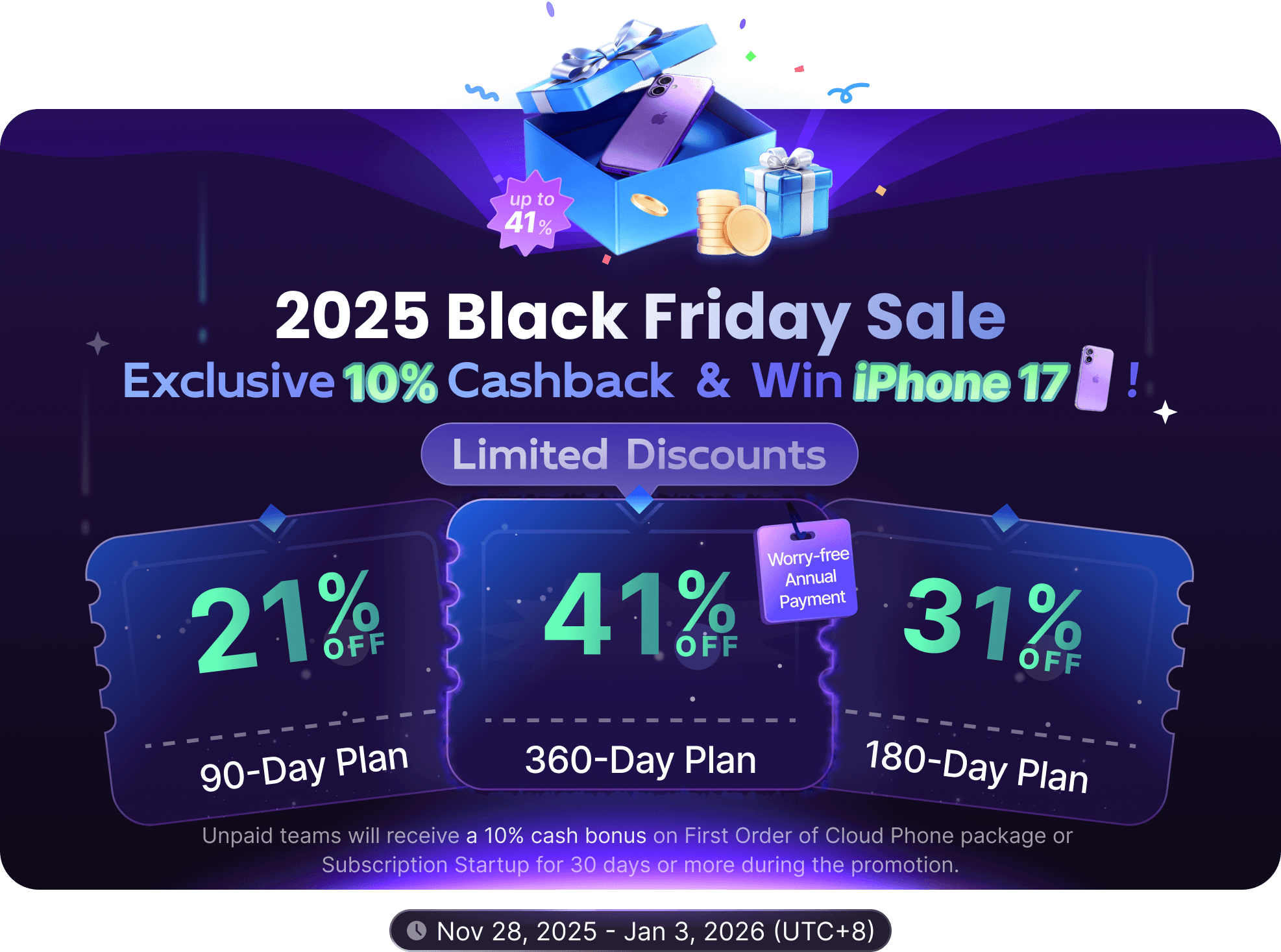Referral
What is Referral Marketing?
Referral marketing is a user growth strategy where existing users invite new users to participate, with rewards given to both parties. This growth method based on social relationships essentially leverages the natural advantage of interpersonal recommendations in social trust, often resulting in higher conversion rates and lower acquisition costs compared to traditional advertising.
Its core operation mode involves three key roles:
- Referrer: An existing user who invites new users through sharing links or codes
- Referred: A new user invited by the referrer
- Platform/Brand: The organization providing products and services
Core Characteristics of Referral Marketing:
- Conversion of social trust: Based on recommendations from acquaintances, reducing the user's decision-making threshold
- Low-cost and efficient growth: Usually lower customer acquisition costs compared to traditional marketing
- Potential for viral spread: A well-designed mechanism may achieve exponential growth
- Enhanced user participation: Incentive mechanisms stimulate users' willingness to spread spontaneously
- Two-way value exchange: Creating value for both referrers and the referred
Key Components of Referral Marketing
1. Referral Mechanism Design
- Referral link/code generation: Generating unique identifiers for each user
- Multiple sharing formats: Providing direct links, QR codes, sharing buttons, etc.
- Diversified sharing scenarios: In-product sharing, off-site sharing, email sharing
- Visual progress tracking: Visual display of referral relationships
2. Data Tracking System
- Unique UTM parameters: Fully recording user source information
- Multi-stage conversion tracking: Full-cycle monitoring of registration, purchase, and activity
- Real-time/offline data synchronization: Supporting multiple data collection methods
- Abnormal behavior detection: Automatically identifying invalid or fraudulent referrals
3. Reward System Setup
- Referrer rewards: Cash rebates, discount coupons, points, physical prizes
- Referred incentives: First-order discounts, registration red envelopes, free trials, privileged memberships
- Tiered rewards: Increasing reward intensity based on the number/quality of referrals
- Time limit design: Setting activity cycles or validity periods
- Cross-level rewards: Earning rewards for promoting subordinate users (MGM model)
6 Key Steps to Implement Referral Marketing
1. Identify Target Users
- Identify high-influence users: Prioritize incentivizing active and loyal users
- Analyze user portraits: Design differentiated referral copy based on characteristics
- Segment user groups: Create incentive mechanisms for different user tiers
2. Design Shareable Experiences
- One-click sharing buttons: Placing sharing entrances in prominent positions
- Content optimization: Highlighting unique product advantages and value propositions
- Social elements: Embedding interactive features such as likes and comments
- Reduce sharing thresholds: Minimizing operational steps before sharing
3. Develop Technical Support Systems
- P2P referral link generator: Automatically generating parameterized links
- Real-time commission calculator: Dynamically displaying reward amounts
- User behavior recording system: Precisely tracking every conversion link
- Anti-fraud mechanisms: Multi-dimensional verification such as device ID and source page
4. Formulate Reward Strategies
- Balance cost and incentives: Designing reasonable proportions based on customer unit price
- Set clear rules: Avoiding later disputes
- Provide non-monetary rewards: Such as honorary titles and community privileges
- Regularly optimize rewards: Optimizing conversion efficiency through A/B testing
5. Test and Iterate
- Small-scale gray testing: Verifying the effectiveness of the mechanism
- Analyze key indicators: Conversion rate, referral rate, ROI
- Collect user feedback: Improving experiences and rules
- Continuously optimize parameters: Referral copy, reward ratios, etc.
6. Promote and Disseminate
- In-site channels: Emails, APP push notifications, official website pop-ups
- Off-site channels: Social media, KOL cooperation
- Combination with event marketing: Launching during new feature releases/festival events
- User community incentives: Initiating exclusive activities within the community
Effective referral marketing requires systematic design thinking, with careful polishing from user experience, social relationships, incentive design to technical implementation. Users engaging in referral marketing can establish an A/B testing mechanism to continuously verify the effectiveness of different strategies, optimize and adjust based on actual data, and ultimately build a sustainable user growth ecosystem.


